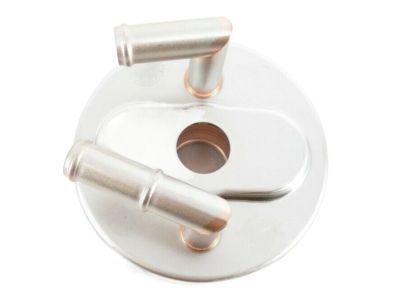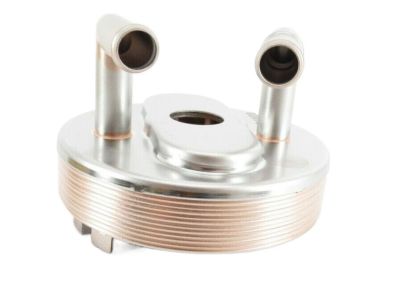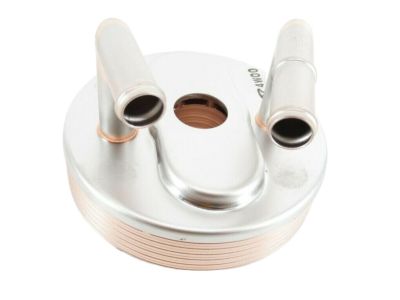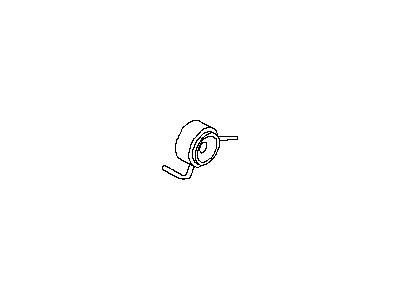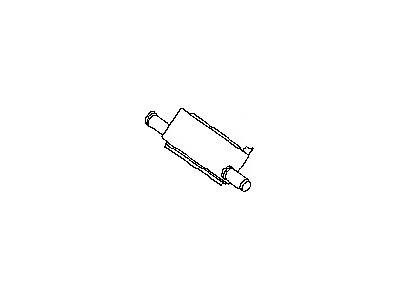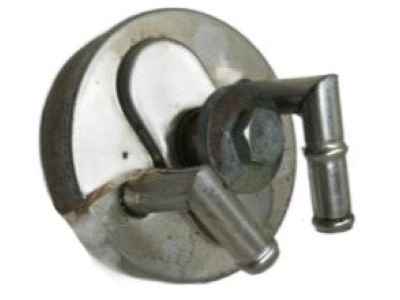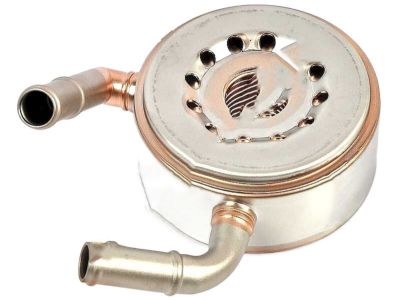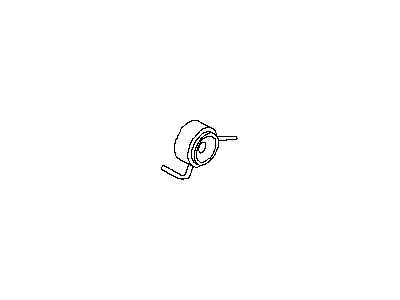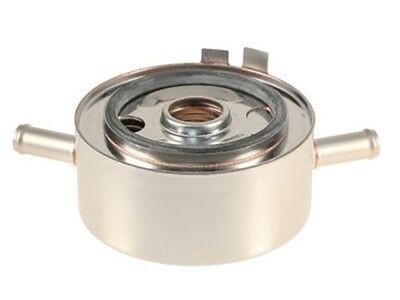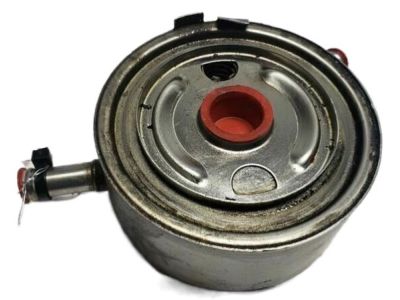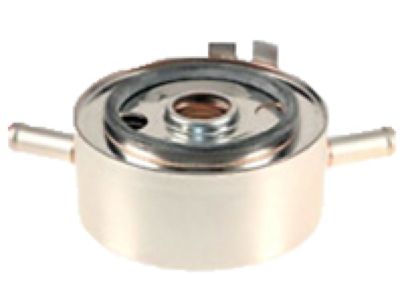×
- Hello
- Login or Register
- Quick Links
- Live Chat
- Track Order
- Parts Availability
- RMA
- Help Center
- Contact Us
- Shop for
- Nissan Parts
- Nissan Accessories

My Garage
My Account
Cart
Genuine Nissan Pathfinder Engine Oil Cooler
Oil Cooler- Select Vehicle by Model
- Select Vehicle by VIN
Select Vehicle by Model
orMake
Model
Year
Select Vehicle by VIN
For the most accurate results, select vehicle by your VIN (Vehicle Identification Number).
14 Engine Oil Coolers found

Nissan Pathfinder Cooler Assembly-Oil
Part Number: 21305-4W003$485.65 MSRP: $741.23You Save: $255.58 (35%)Ships in 1-2 Business DaysNissan Pathfinder Cooler Assembly-Oil
Part Number: 21305-9N00A$516.38 MSRP: $788.13You Save: $271.75 (35%)Ships in 1-3 Business DaysNissan Pathfinder Cooler ASY Oil
Part Number: 21305-JA12B$505.84 MSRP: $772.03You Save: $266.19 (35%)Ships in 1-3 Business DaysNissan Pathfinder Oil Cooler Assy
Part Number: 21305-3KY0A$736.06 MSRP: $1132.13You Save: $396.07 (35%)Ships in 1-3 Business DaysNissan Pathfinder Cooler ASY Oil
Part Number: 21305-3KY1A$736.06 MSRP: $1132.13You Save: $396.07 (35%)Ships in 1-3 Business Days






Nissan Pathfinder Engine Oil Cooler
If you need any OEM Nissan Pathfinder Engine Oil Cooler, feel free to choose them out of our huge selection of genuine Nissan Pathfinder Engine Oil Cooler. All our parts are offered at unbeatable prices and are supported by the manufacturer's warranty. In addition, we offer quick shipping to have your parts delivered to your door step in a matter of days.
Nissan Pathfinder Engine Oil Cooler Parts Questions & Experts Answers
- Q: How to replace an oil cooler on an engine with an automatic transmission on Nissan Pathfinder?A:The oil cooler of engines with automatic transmissions is connected to an adapter on the front part of the oil pan near the oil filter. It also contains the oil pressure sending unit and it has got a pressure relief valve for oil. The engine has got two hoses that are used to connect the cooler: one is used as an inlet side while another one serves as an outlet side. The radiator coolant is what helps in reducing temperature of oil by using an oil cooler. To replace the oil cooler, drain the engine oil and cooling system, detach the hoses, remove the oil pressure sending unit, and loosen the retaining bolt to remove the oil cooler and O-rings. If necessary, separate this oil cooler adapter from its upper aluminum section of this same kind of pan. Then clean these mating surfaces, attach new gasket and then fix on top of that adapter again. The O-rings need to be lubricated before fitting it on top of that casting protusion while aligning those tabs over this cooler's body so as to fit into this adapter' s casting protusions. Next tighten the retaining bolt onto specified torque value, install hoses and check for leakage after running engine. Lastly check levels of coolant and oils adding those where necessary.
Related Nissan Pathfinder Parts
Browse by Year
2024 Engine Oil Cooler 2023 Engine Oil Cooler 2022 Engine Oil Cooler 2020 Engine Oil Cooler 2019 Engine Oil Cooler 2018 Engine Oil Cooler 2017 Engine Oil Cooler 2016 Engine Oil Cooler 2015 Engine Oil Cooler 2014 Engine Oil Cooler 2013 Engine Oil Cooler 2012 Engine Oil Cooler 2011 Engine Oil Cooler 2010 Engine Oil Cooler 2009 Engine Oil Cooler 2008 Engine Oil Cooler 2007 Engine Oil Cooler 2006 Engine Oil Cooler 2005 Engine Oil Cooler 2004 Engine Oil Cooler 2003 Engine Oil Cooler 2002 Engine Oil Cooler 2001 Engine Oil Cooler 2000 Engine Oil Cooler
